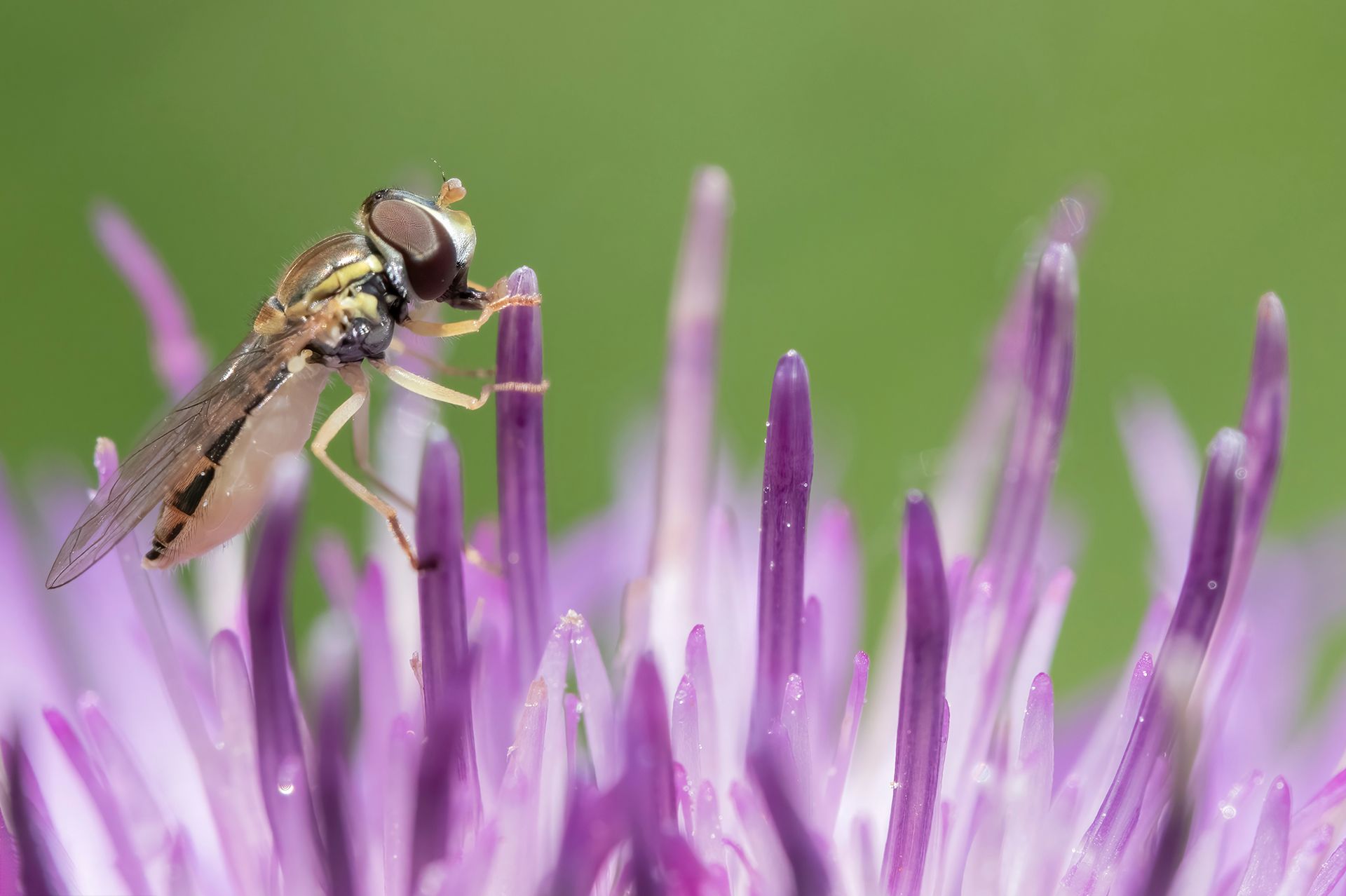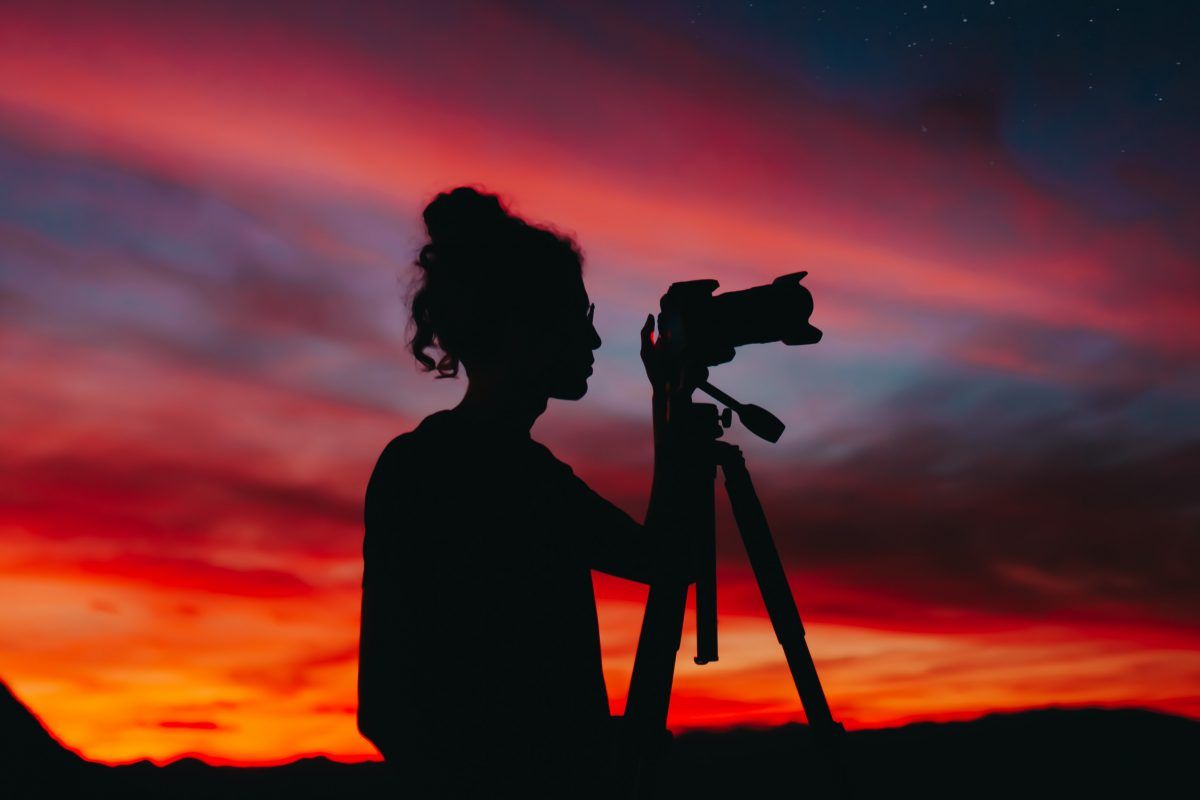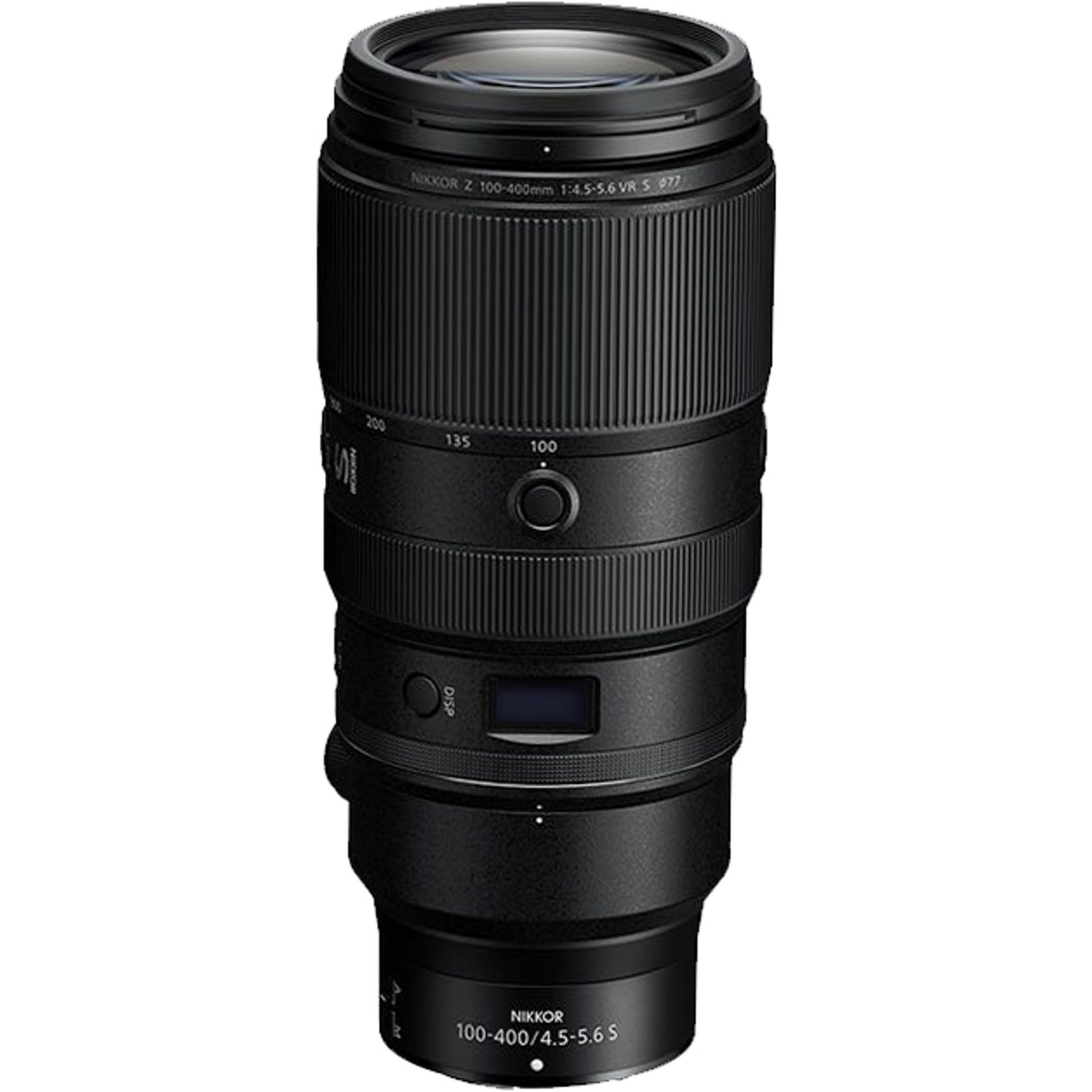Nikkor Z 100-400 f/4.5-5.6 VR S review

Nikkor Z 100-400 f/4.5-5.6 VR S
We tested for you:
Nikkor Z 100-400 f/4.5-5.6 VR S
This lens is designed for users of Nikon Z series mirrorless cameras. It is compatible with all Z series models, including both APS-C and full-frame (FF) bodies.
As the model name indicates, its coverage ranges from 100mm to 400mm (150mm to 600mm equivalent on APS-C) and features a variable aperture depending on the zoom ring position. At 100mm, the maximum aperture is f/4.5, and at 400mm, it is f/5.6, which is more than acceptable for general outdoor photography. It’s also important to note that Z series cameras have excellent high ISO performance, which means this lens can be used in a wide variety of situations without limitation. The box includes lens caps and a lens hood, which should always be equipped.
You will see this lens in the hands of various sports photographers and wildlife photographers seeking detail and precision in their images, but at relatively short distances. 400mm is a bit limited for bird photography unless you are close to the subject.
Weight: Right off the bat, the lightness of the lens is striking, and it balances well on cameras like the Z9 or even a Z6/Z6II. The balance is a bit more challenging with a Z30/50, but it’s still manageable with some practice and familiarity.
Autofocus:
Fast—very fast, in fact—and consistently accurate. Even in the shade, the subject is focused with spectacular speed. The speed easily compares to that of the Nikkor Z 70-200 f2.8 VR S. Regardless of the camera body used, it performs flawlessly and is highly effective. It is definitely worthy of the S series lenses (Nikon’s professional series for Z bodies).

Construction: Both the construction and ergonomics are impeccable. It features three rings, including one programmable, two programmable buttons, all sealed and weatherproofed. There is a switch for autofocus and another to limit the focus distance. To disable the stabilizer, you must use the camera body. The lens feels solid in hand, with rings that are easy to manipulate, not too stiff. It has a collar to mount the lens on a tripod, which can be oriented horizontally or vertically, and the foot can be removed if needed. There is also a display for distance, zoom position, or depth of field values. If you want to attach a filter, the diameter is 77mm.
Image Quality: The image quality is impeccable, definitely worthy of the S series. Even at full aperture, the sharpness is superb. The contrast is excellent and improves further when stopped down slightly. Sharpness also improves, but this is barely noticeable. All images presented were taken at full aperture. There are no visible lens flares, even with the sun facing the photographer. The quality is consistent from 100mm to 400mm, truly a professional lens.
Conclusion: We already know (at the time of writing) that Nikon is working on a 200-600mm lens, which we hope will be more budget-friendly, as this lens is not for every wallet. However, every dollar spent on this lens is perfectly justifiable. This is Nikon’s first 100-400mm lens; it has never been made in the F-mount series. A very impressive and satisfying first. Spending a whole day with this lens attached to a Z9, there are no worries about carrying it, especially with the right strap. As I was simultaneously using a Z6II with a Z 70-200 f/2.8 VR S, I opted for the Black Rapid double strap.
Why buy this lens? Mainly for its image quality, autofocus speed and precision, and its very acceptable weight.
Images and text by Yves Pinsonneault.






